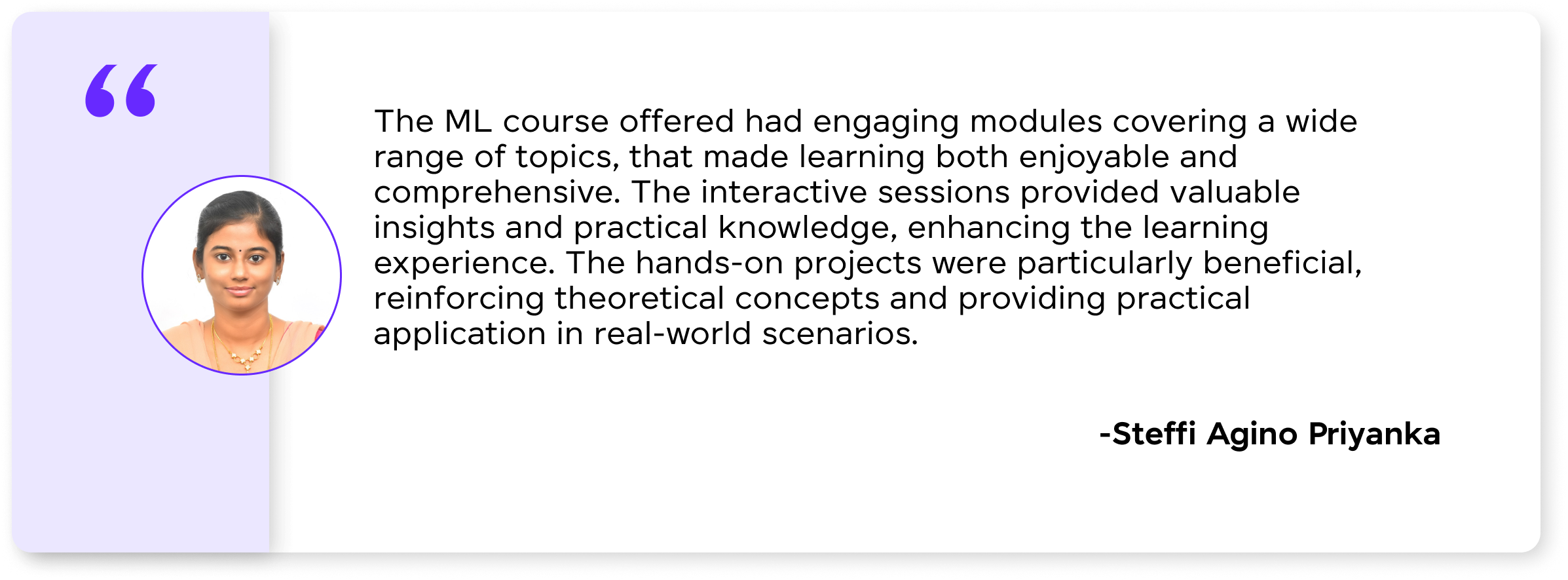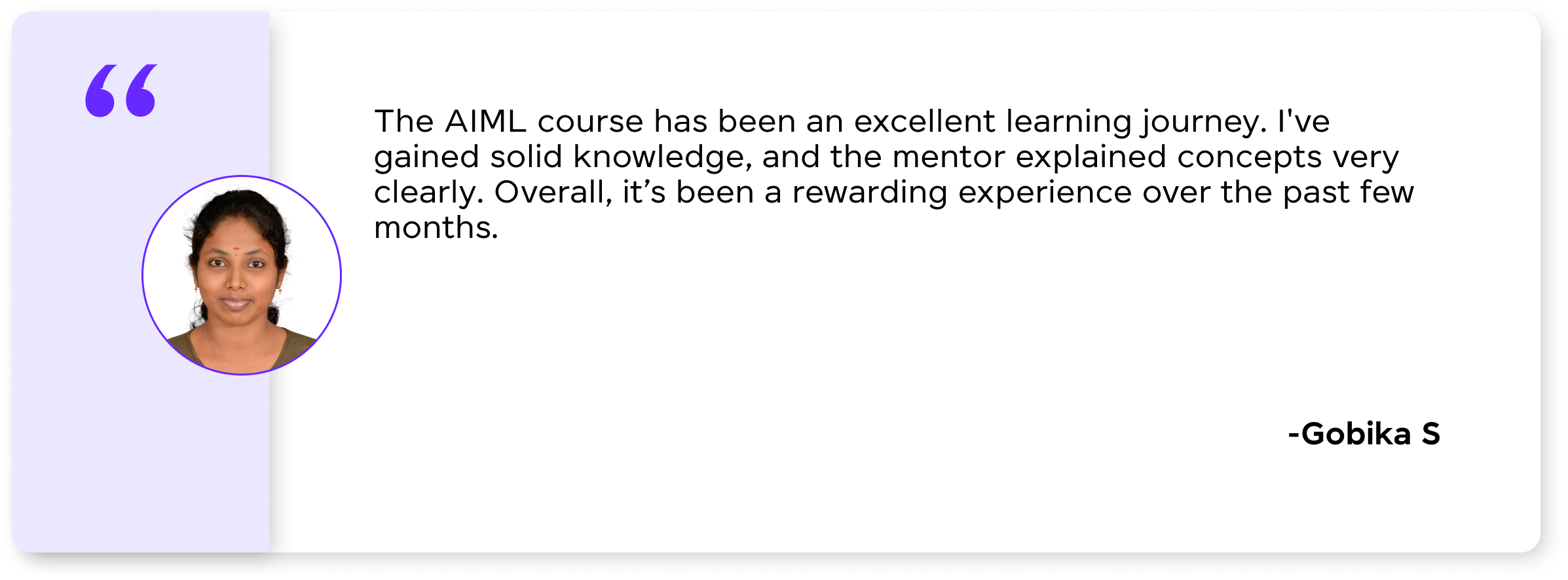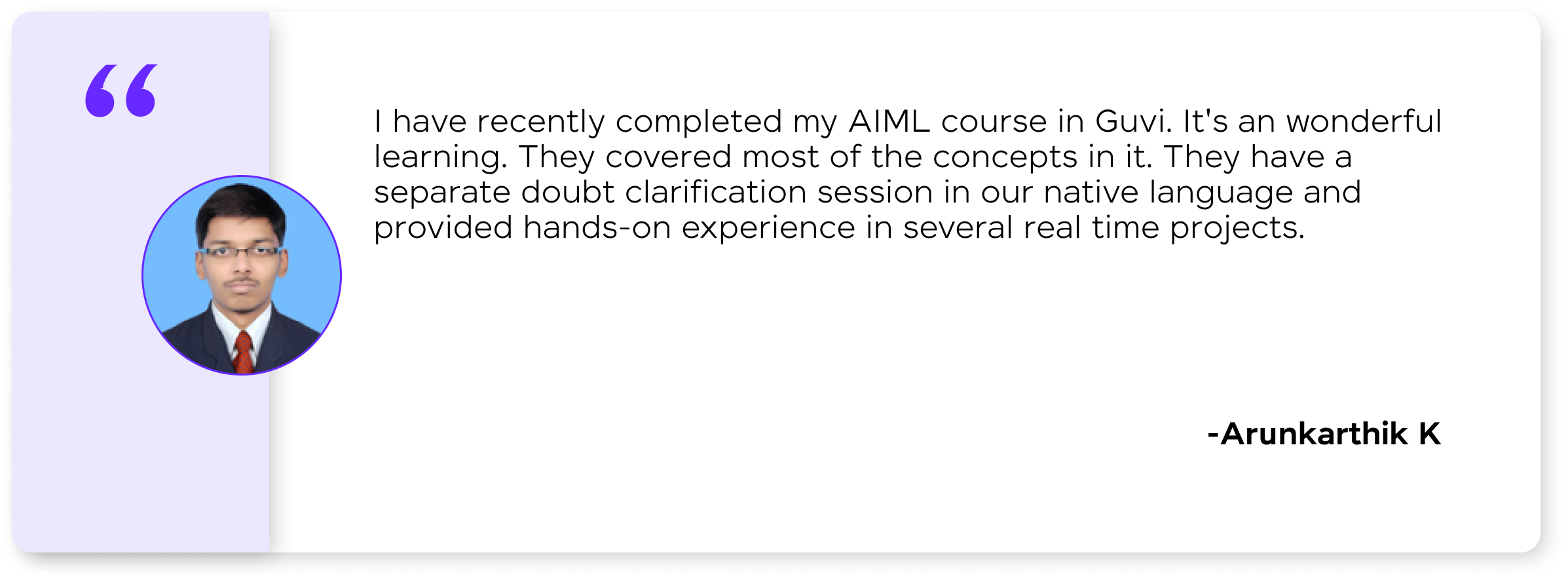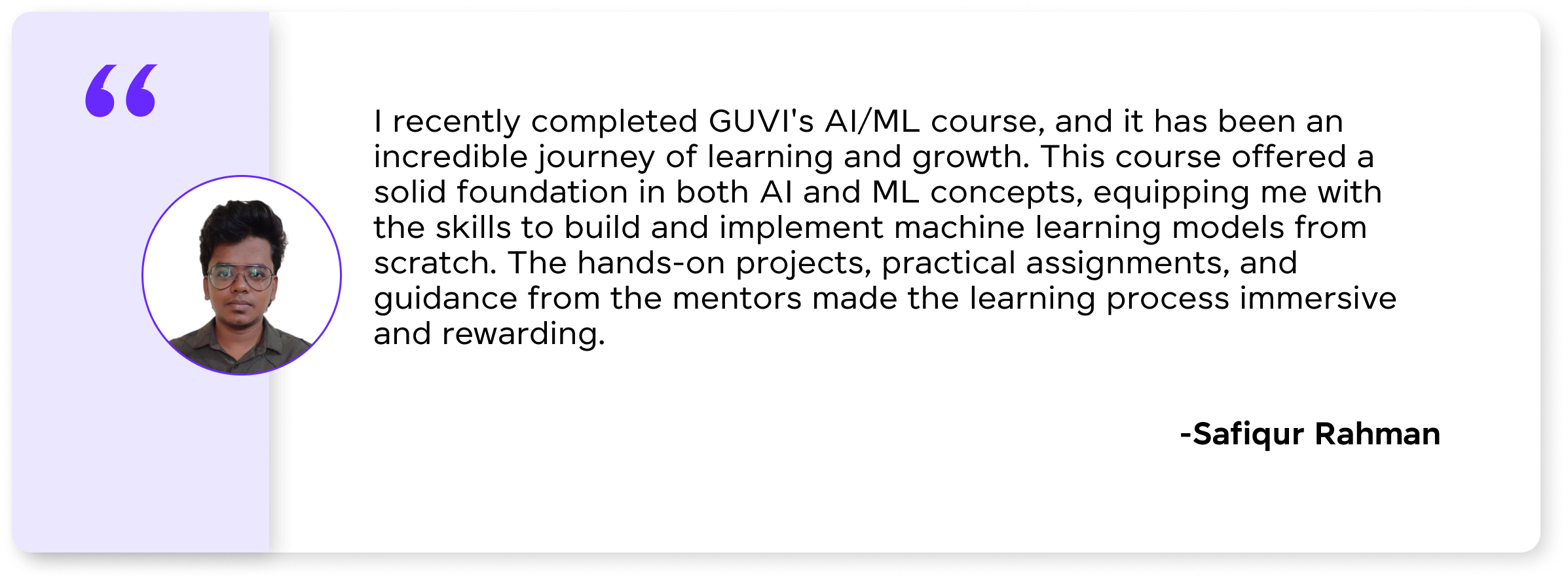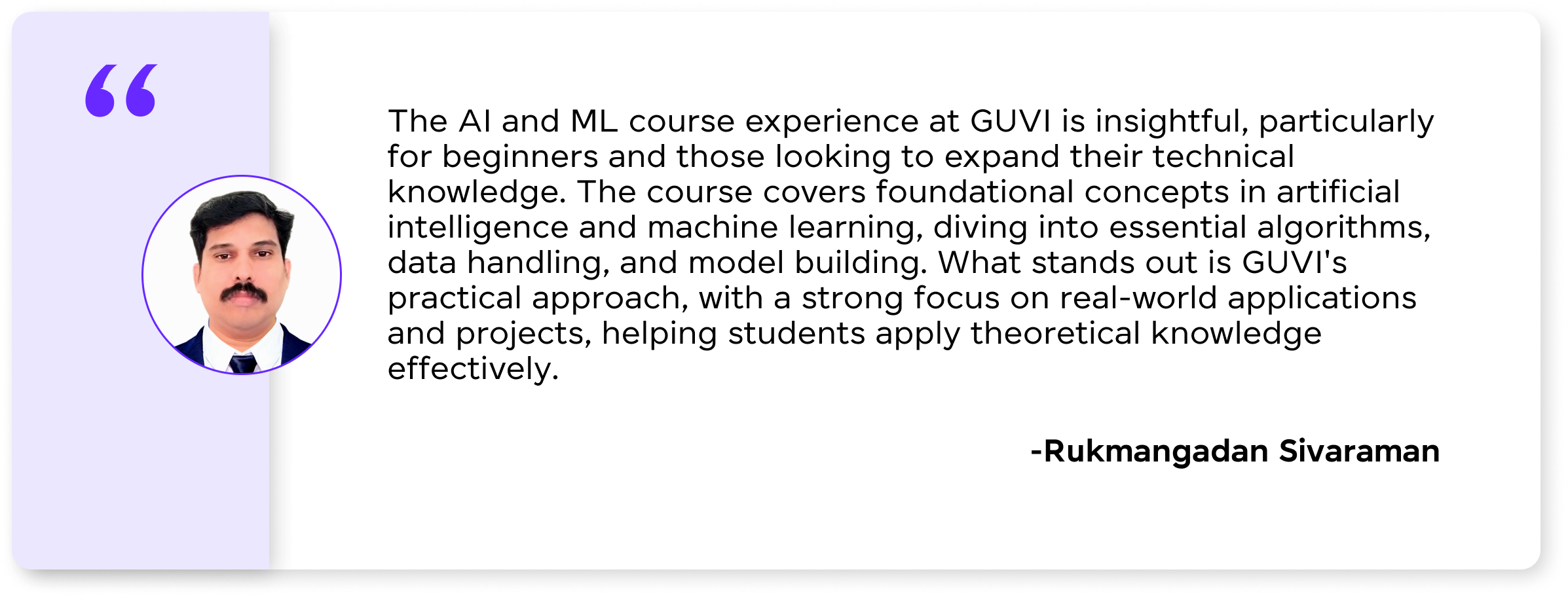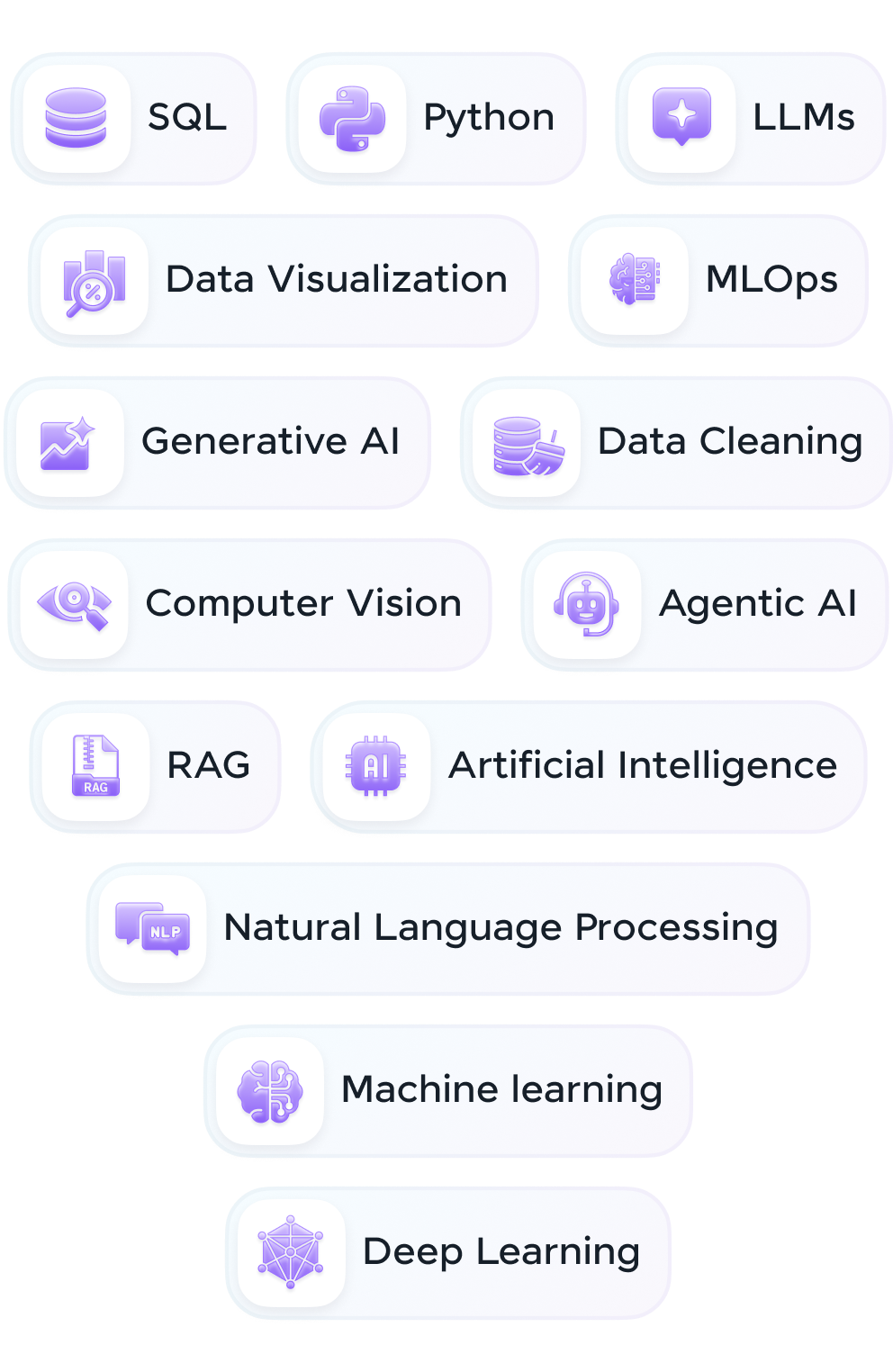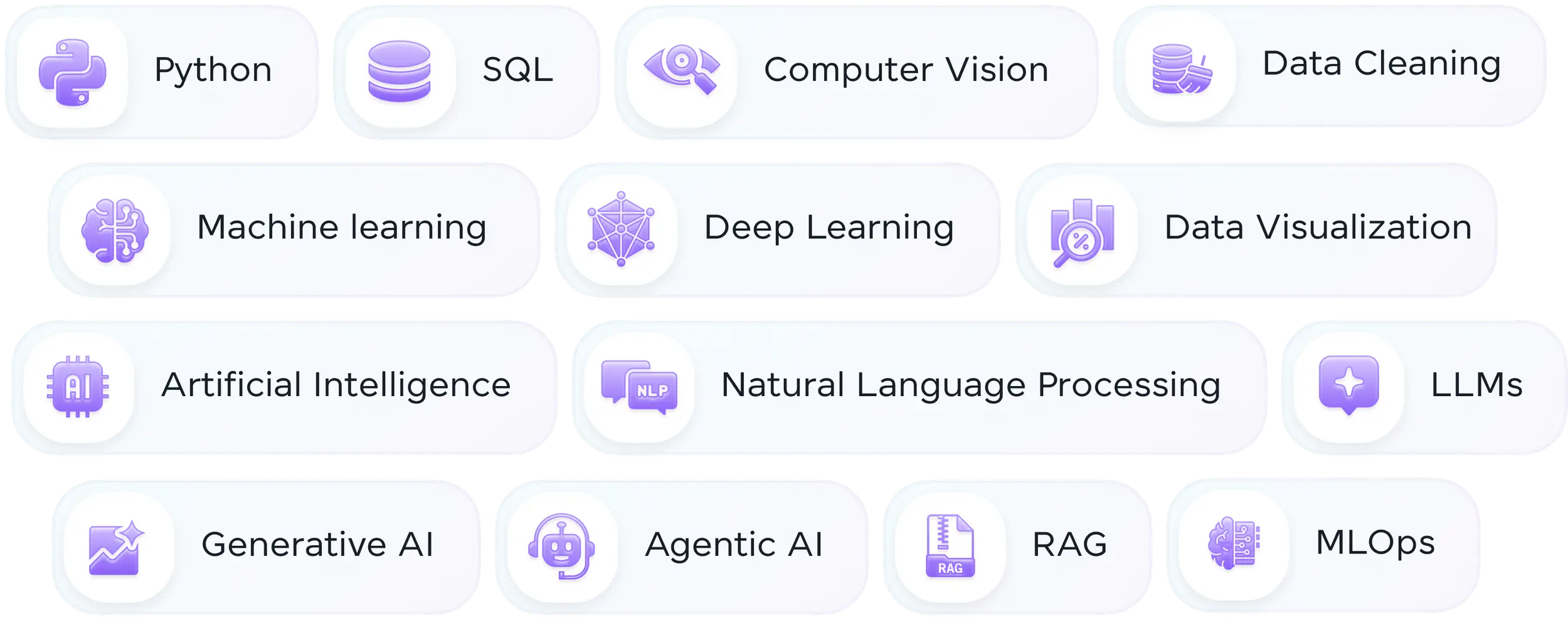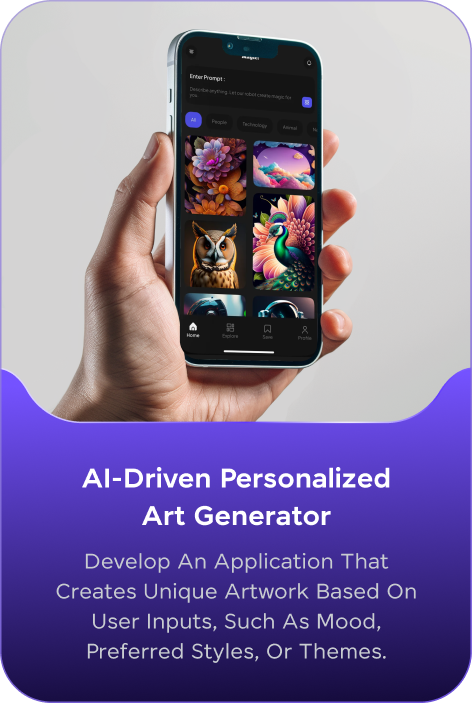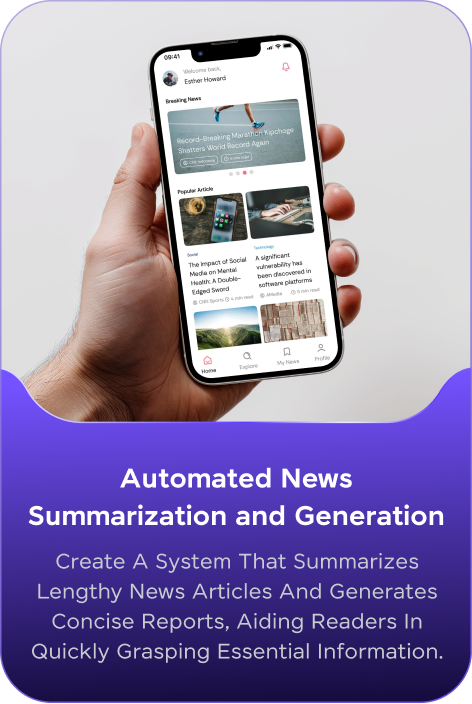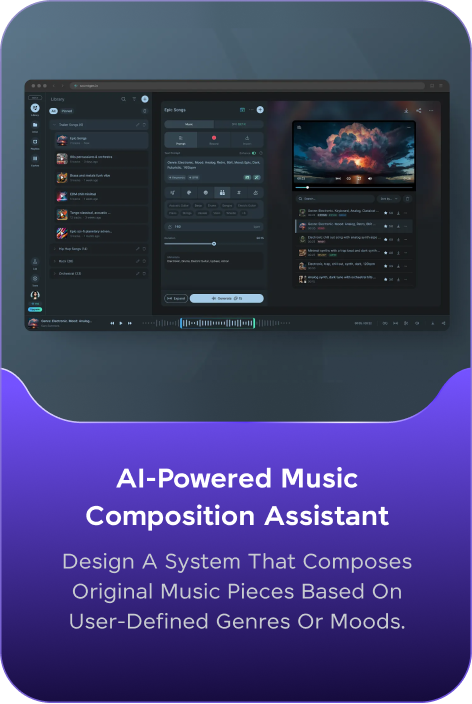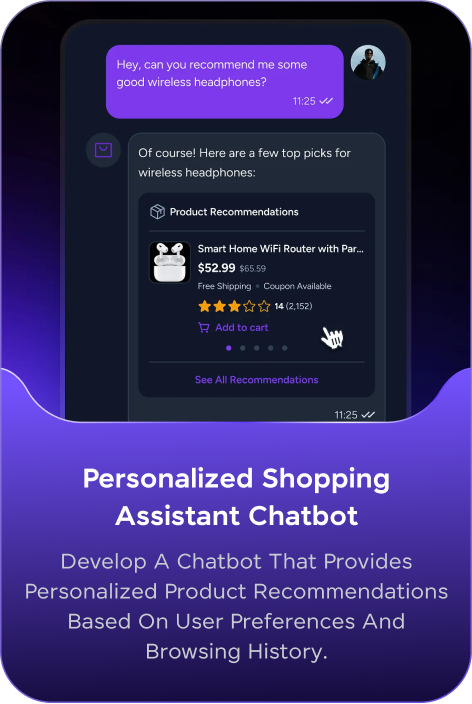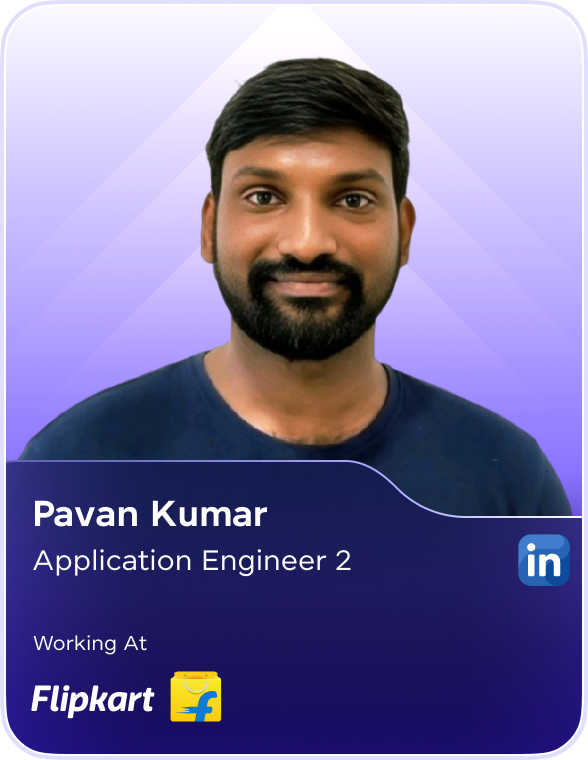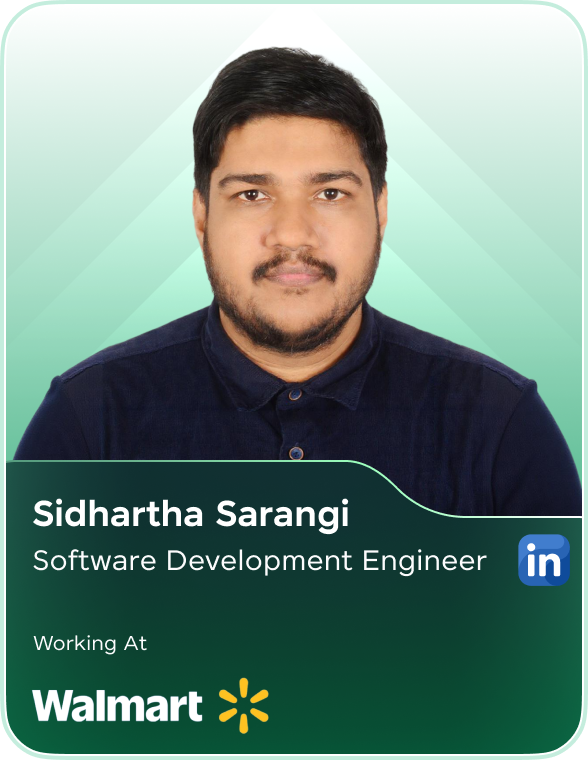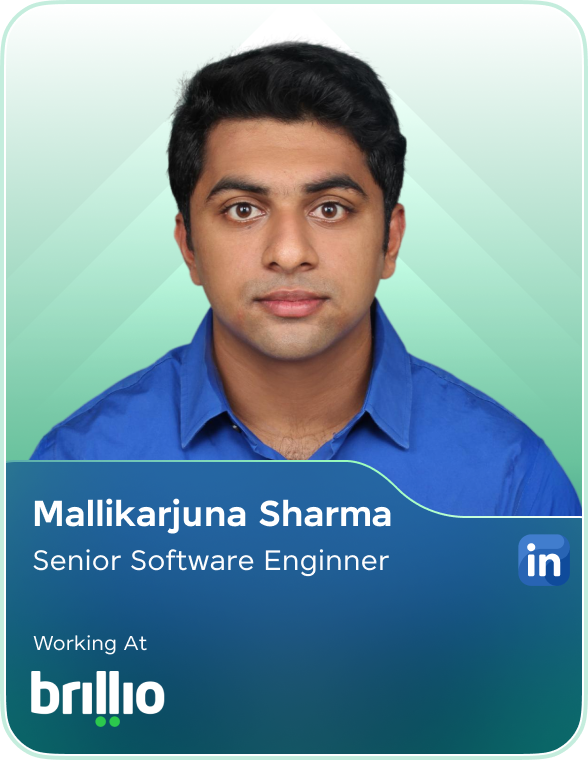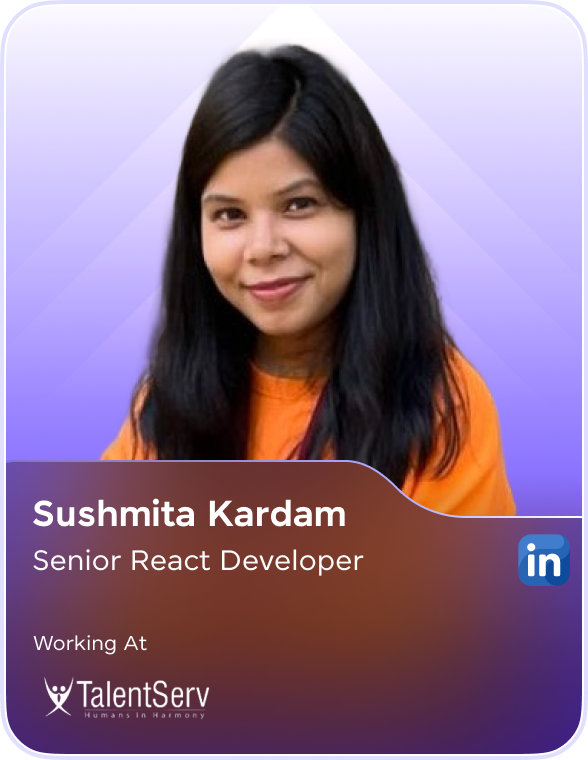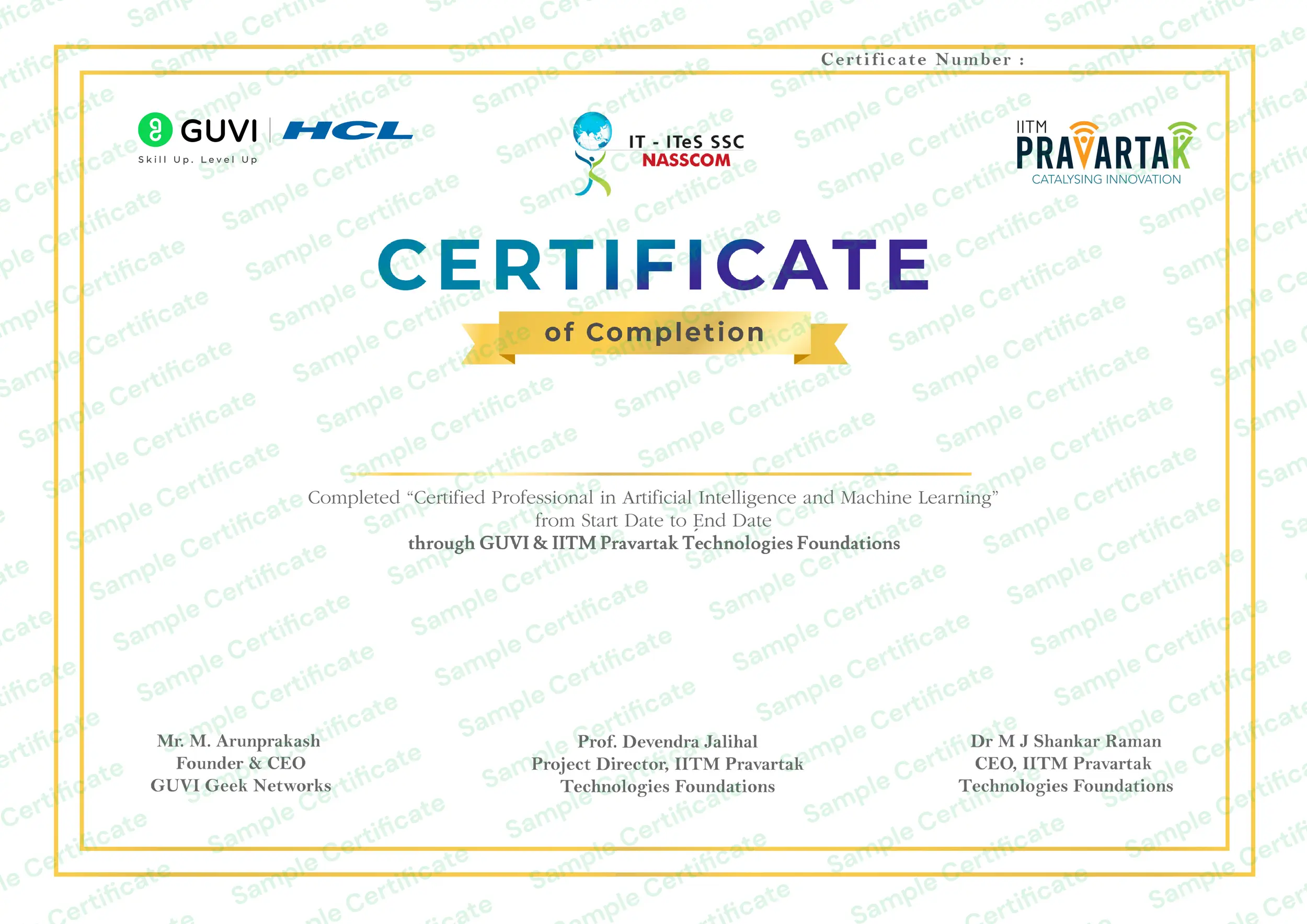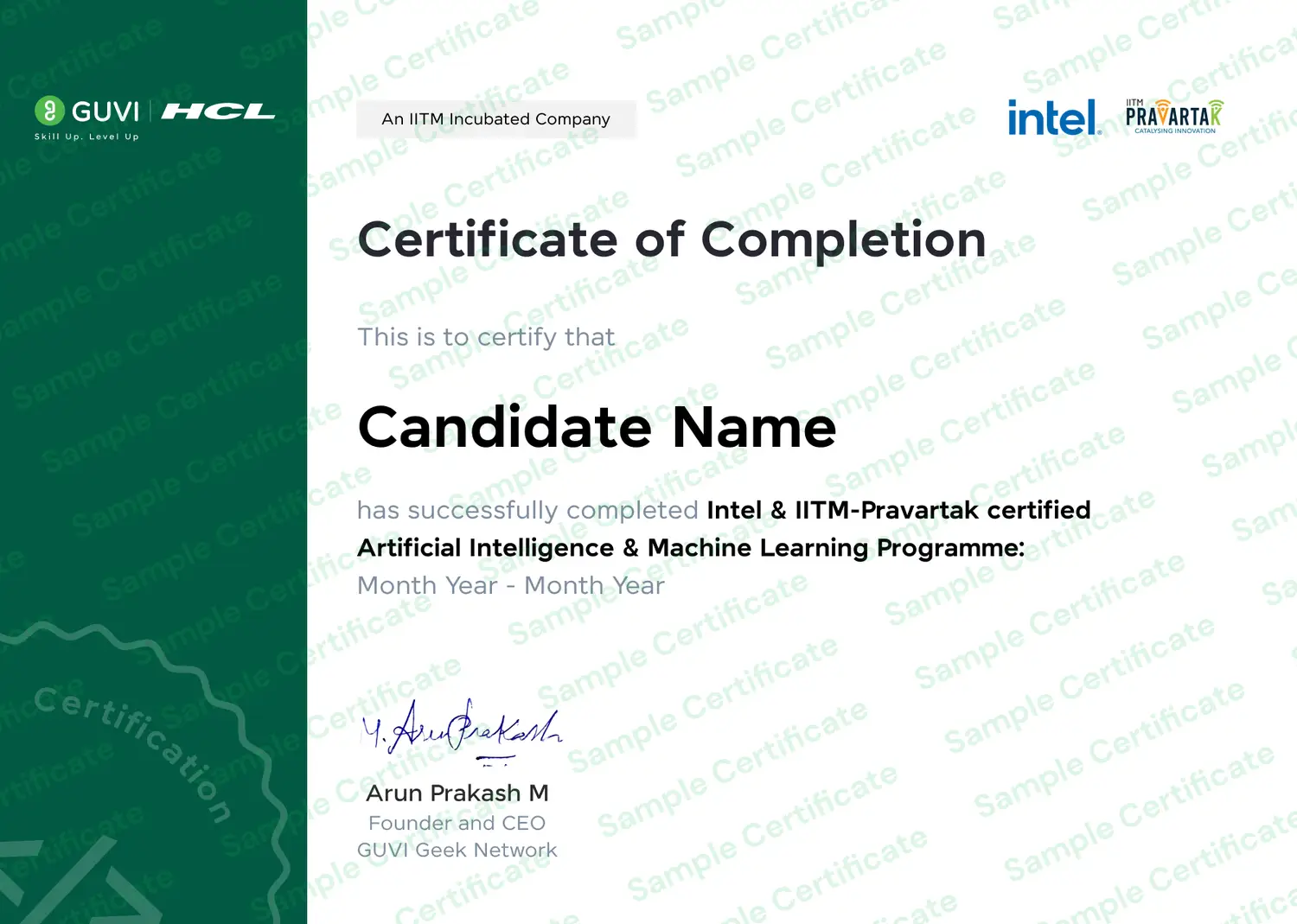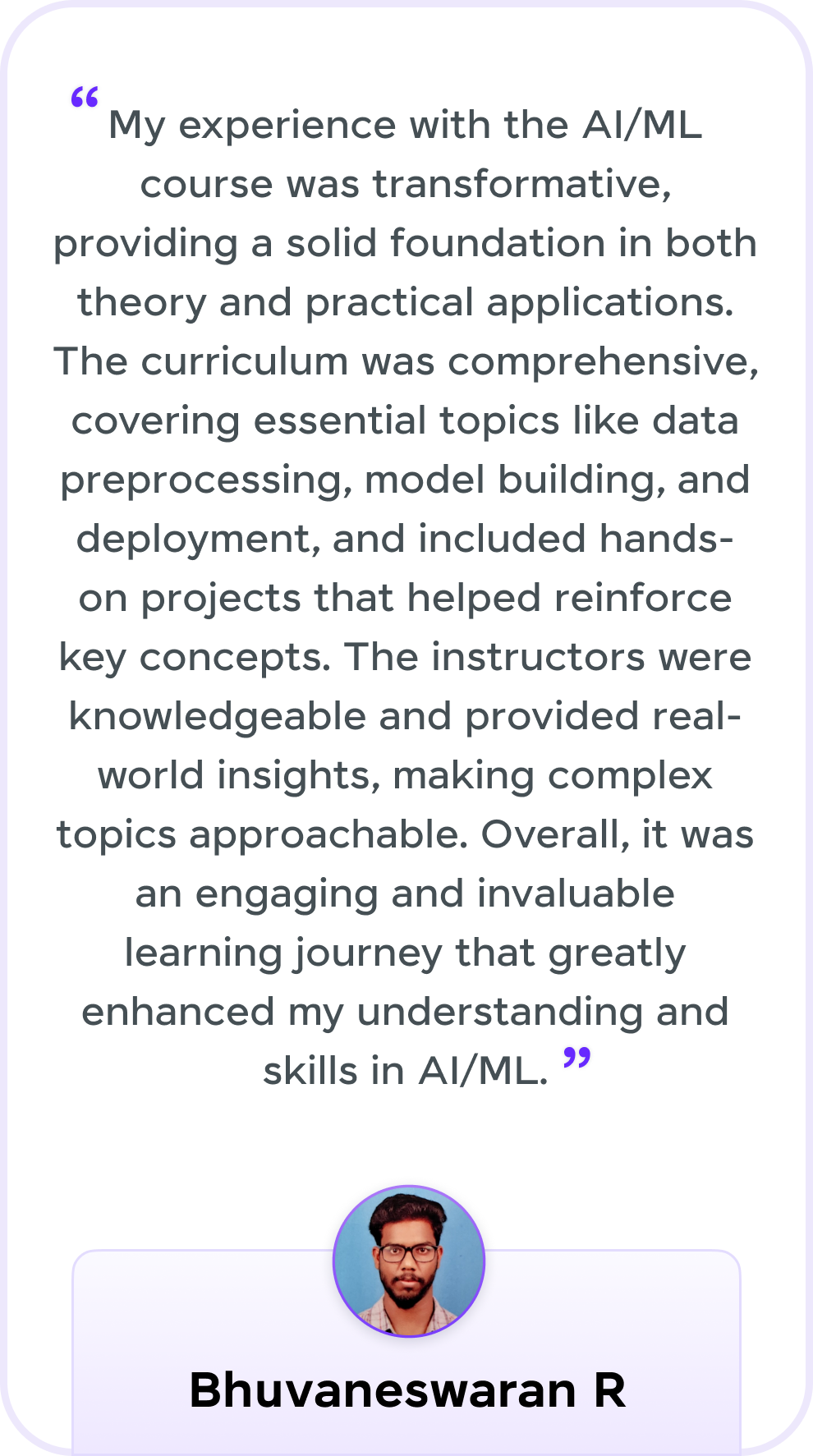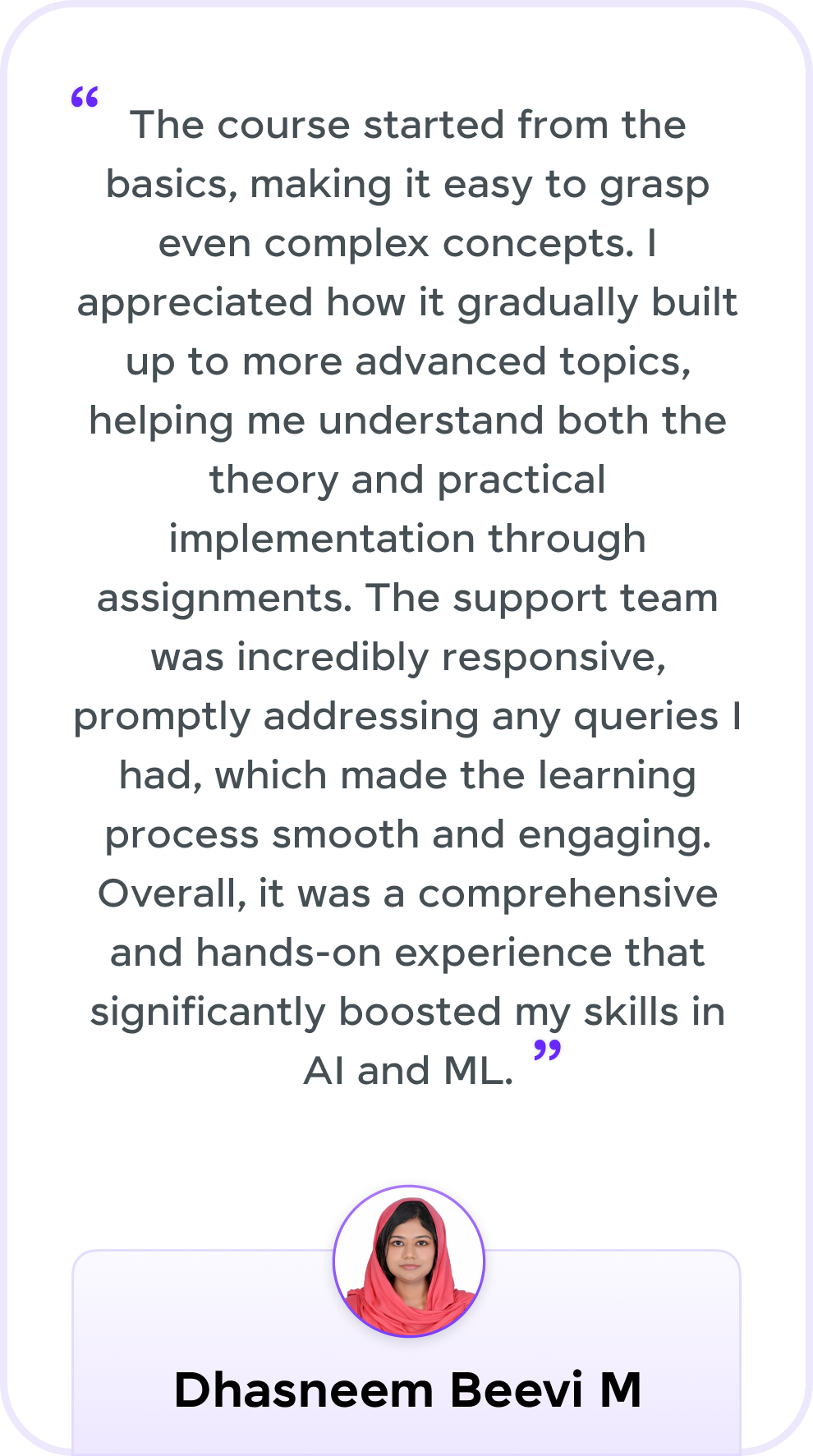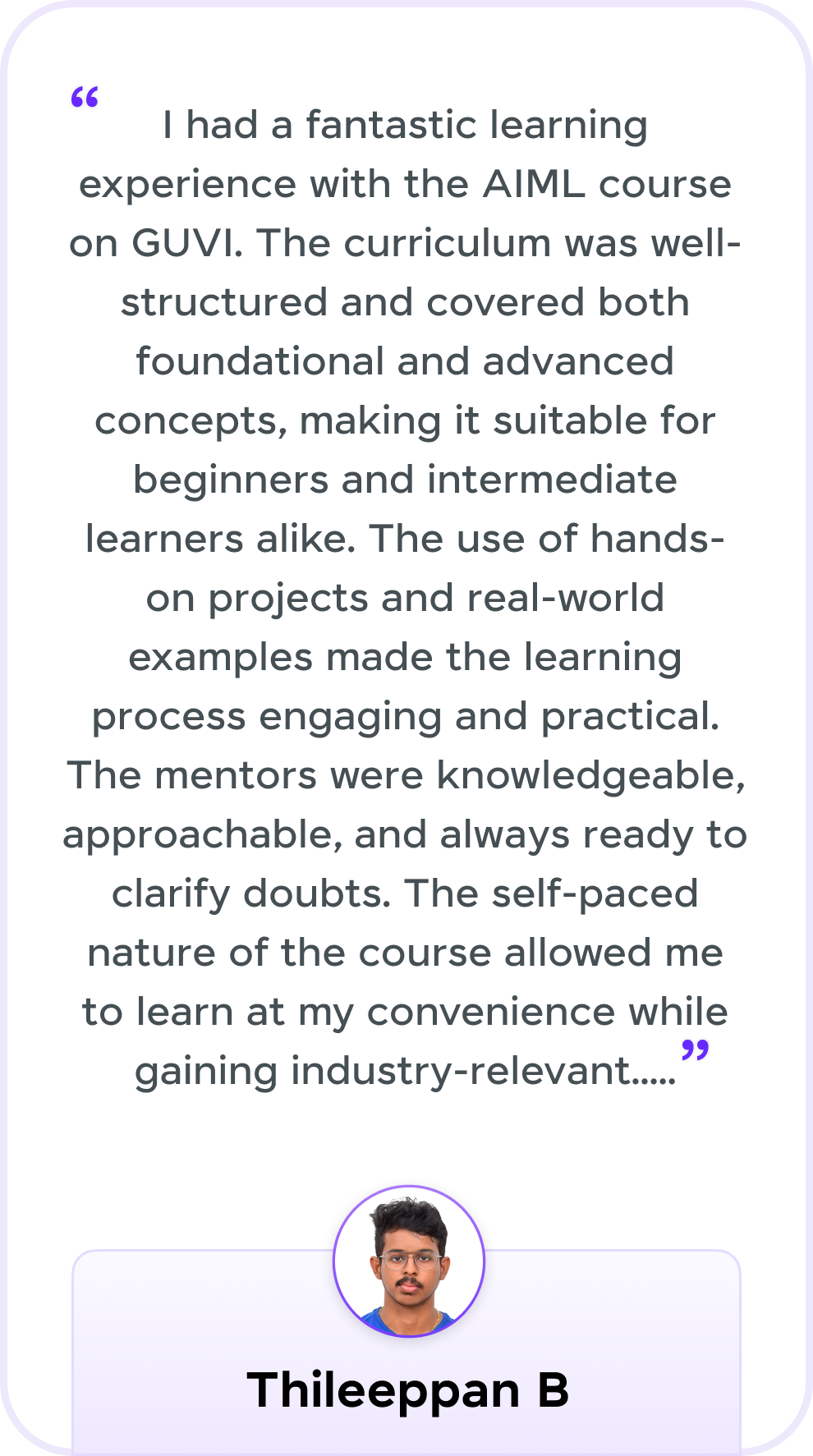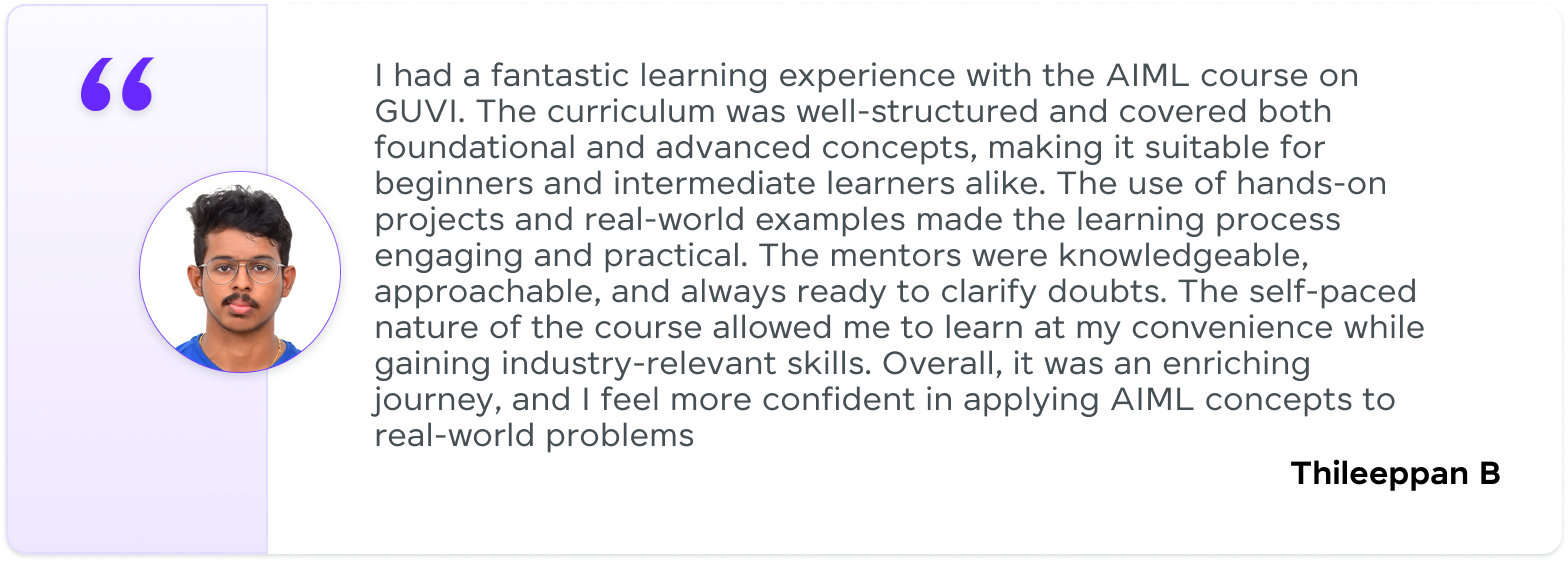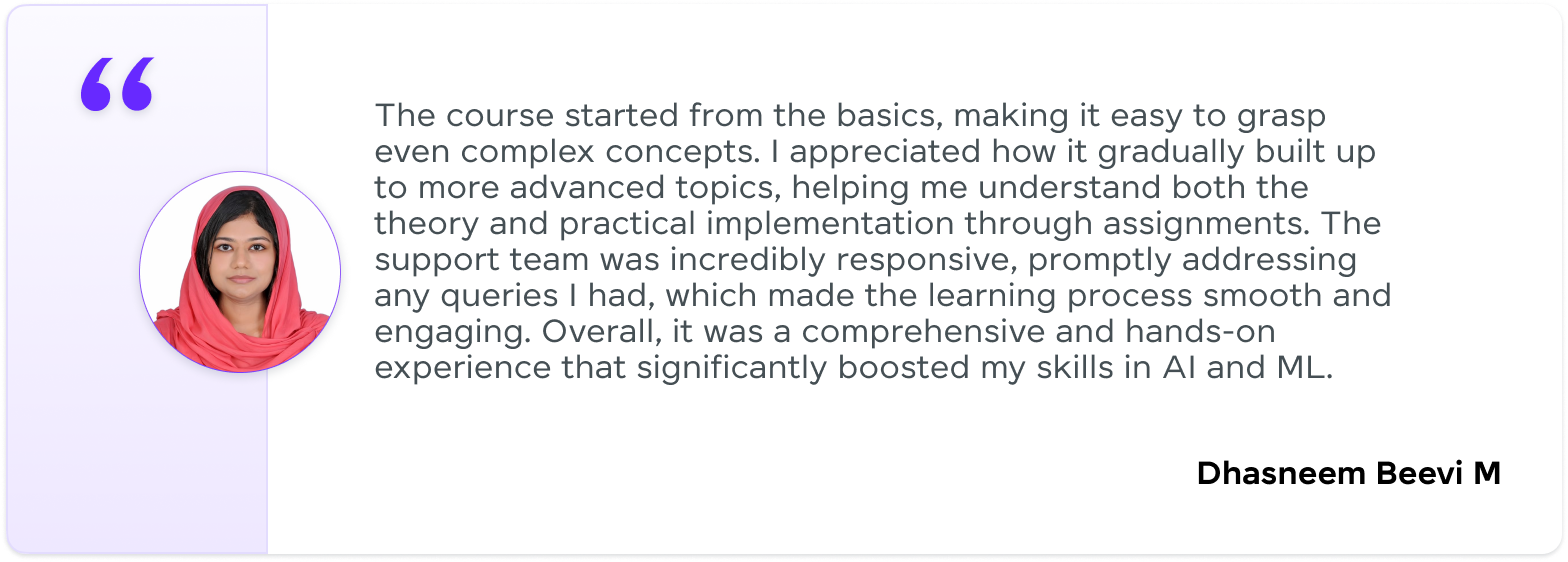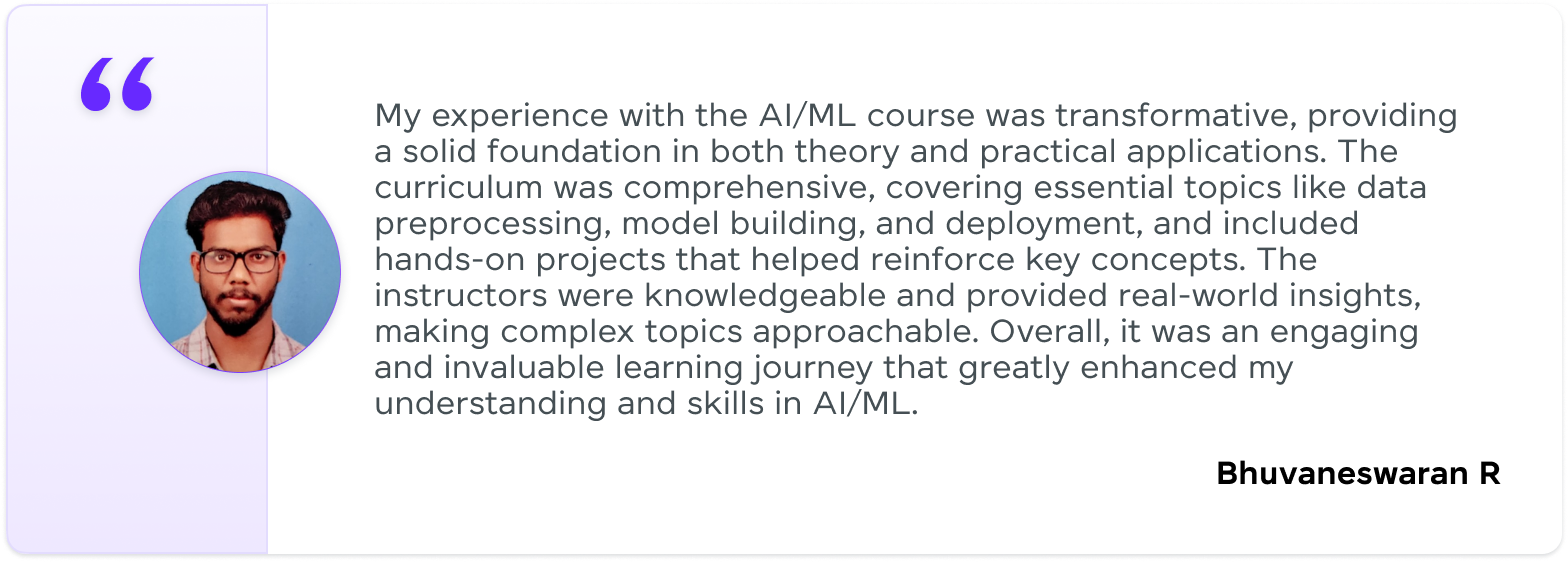Benefits for you
Looking to break into Full-Stack Development but don’t know the first step? Our IIT-M Pravartak certified Full-Stack Development Career Program is perfect for college students, graduates, and professionals (from IT/non-IT backgrounds) who want to transition into high-paying development roles in India’s booming tech industry.
Live
Total Learners
3 Months
For Weekdays
1:1
Doubt Sessions
1000+
Hiring Partners
Live
Total Learners
3 Months
For Weekdays
1:1
Doubt Sessions
Live
Total Learners
3 Months
For Weekdays
1:1
Doubt Sessions
1000+
Hiring Partners

Advanced Artificial Intelligence & Machine Learning Program
Co-designed by Intel and delivered through GUVI’s industry-aligned curriculum, you'll gain hands-on experience in high-impact areas like Generative AI, Agentic AI, Deep Learning, and MLOps.

Become AI ML Expert With Intel &
IITM Pravartak Certification Program

Live Online Classes
By Industry Experts & Intel Engineers

4/6 Months Duration
Weekday/Weekend Classes

Learn in Your Own Language
English, Hindi, Telugu & Tamil

Industry Specific Curriculum
Designed by Intel SMEs

1:1 Doubt Sessions
Doubt Sessions with Top SMEs

Placement Assistance
1000+ Hiring Partners

Master In Demand Skills
Python, SQL, ML, MLOps, Generative AI, Agentic AI, etc.

Industry-Grade Projects
20+ Projects + 1 Capstone Project

























